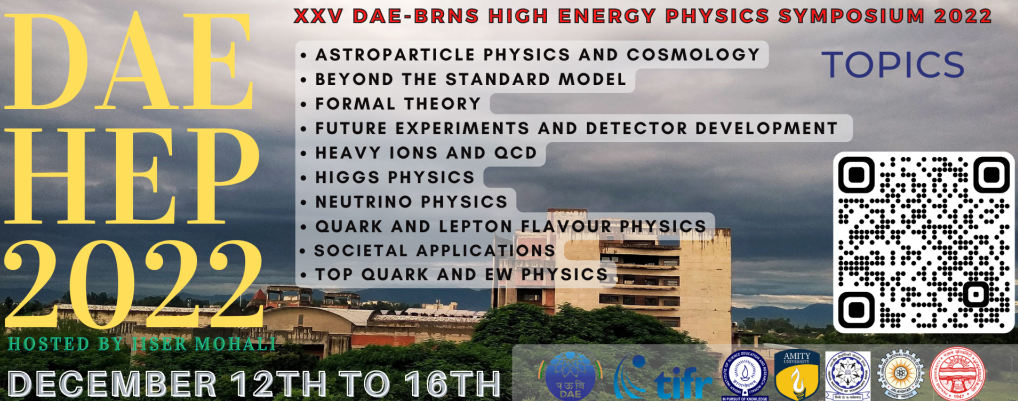Speaker
Description
The short-lived resonances, like $K^{*0}$, are a good candidate to probe the hadronic phase of the matter formed in heavy-ion collisions. Due to its short lifetime, the decay daughters may interact with the hadronic medium, resulting in a change in the properties of the resonances. The decay daughters may undergo various in-medium effects like rescattering and re-generation. Hence $K^{*0}/K$ is a unique tool to investigate the interplay between these effects in the hadronic phase during the evolution of heavy-ion collisions. The high statistics Au+Au data collected by STAR in its BES-II program with enhanced detector capabilities and a wider pseudorapdiity coverage will enable more differential measurements with reduced statistical uncertainties than those achieved in BES-I.
We will report invariant yields, $p_T$ integrated yield (dN/dy), mean transeverse momentum ($\langle p_T \rangle$) of $K^{*0}$ using the Au+Au collisions at $\sqrt{s_{NN}}$ = 19.6 GeV recorded during BES-II. The results will be compared with previous BES-I measurements. The average transverse momentum of $K^{*0}$ will be compared with other hadrons. The resonance to non-resonance ratio will be shown as a function of centrality to study the rescattering vs. regeneration effects. Measurement of the lower limit of hadronic phase lifetime will be shown as a function of centrality and will be compared with measurements at other RHIC and LHC energies.
| Session | Heavy Ions and QCD |
|---|
